An essential part of caring for your houseplant is recognizing the early signs of stress. However, each plant has different needs, so keeping them in full bloom cannot be easy. Identify the problem if a plant needs to be revived, water the plant properly, change the plant environment, and take good care of the plant’s leaves.
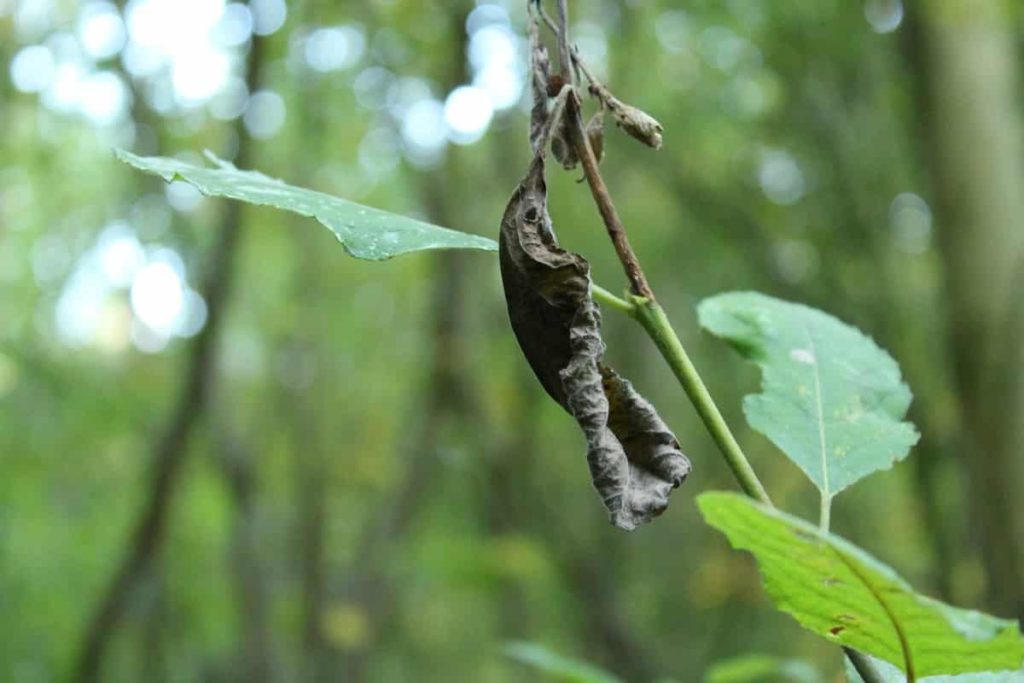
This guide will consider solutions you can try to protect your plant from death. Here are ways to revive your dead or dying plant;
Steps to revive a dying plant
Firstly, check if your plant is dead
Look for signs of vitality in stems and roots. The roots should be green inside, and the leaves should be flexible and strong. Don’t give up your plant just because it has turned brown and has lost some leaves. It will likely come back to life if the plant still has some green leaves and flexible stalks. Buds are also a good sign. If so, you may want to start reviving your plant. Just because the leaves of the plant have dried out and are on paper does not mean that the plant is not safe.
Check stems and roots for signs of life. They should be flexible and strong, and the stems should be green inside if you hope to revive the plant. If the stems and roots are soft and fragile, the plant is dead and cannot be saved.
Important signs of a dying plant and how to help recover it
Signs of over-watering – Wilted, brown or yellow leaves, moist soil. If your plant is very wilted and over-watering can make it unhealthy. Another way to tell is to feel the soil just below the surface. If it is too moist, you can water the plant too much.
Solution – Keep out of direct sunlight and light water. If possible, repot with fresh soil.
Underwatering symptoms – Dry brown leaves, drooping leaves, dry and hard soil. Improper watering often causes the sudden death of plants. Suppose you forget to water the plant for a few days; the roots may dry out. However, the opposite is more likely to happen, as too much water is often responsible for the death of container plants.
Unlike going underwater, plants that receive a lot of water will usually stay hard on the stems; only the leaves will start falling. You will also notice that the yellow or yellow leaves are getting worse over time. Identify underwater by shriveled leaves. If the leaves of your plant have dried out, you may not be watering your plant. If this is the case, you may also notice that many leaves are falling off the plant.
Solution – Water your plant well.
Too many sun signs – Dark or bleached spots, dried-out leaves.
Solution – Go to a shady place, preferably a place with high humidity.
Not enough sun signs – Small, yellow leaves, weak stems, stunted growth.
Solution – Go to a sunny place.
Symptoms of pests – Spoiled or discolored leaves, holes in leaves, folded leaves, drooping leaves, abnormal growth on leaves.
Solution – Most insects can be cleaned with a mild soap solution.
Nutritional Symptoms – Weak or drying stems, spoiled or colored leaves, slow growth.
Solution – Repot in fresh soil and a bigger pot to allow roots to grow.
Symptoms and how to fix overwatering plants
Overwatering is the main reason why most container plants die. Symptoms of overwatering are usually similar to those underwater, but you can easily see by checking the soil and drainage that you were drinking more water. If the affected plant leaves are soft, watery, and advisable, it indicates more water for the plant.
In case you missed it: Natural Pesticides For Flowers – How To Make
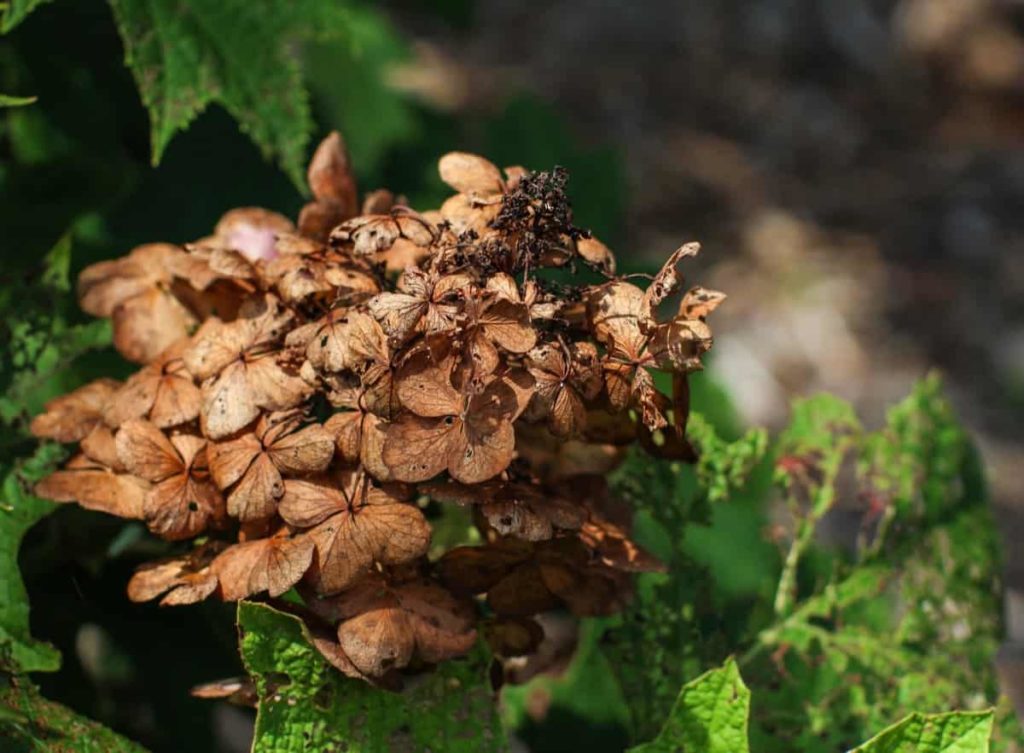
Overwatering can cause yellow leaves, stunting, and other plant problems. It can also be called the deadly disease of root rot. It is important to know the symptoms of over-watering, how to prevent it, and, if so, how to treat over-watering plants.
Measures to fix an overwatered plant
- Stop watering the plant temporarily and improve drainage.
- Immediately identify and treat root rot.
- Consider replacing pots and pans for better drainage and faster soil drying.
- Provide ventilation and temperature rise, and low humidity.
Move the plant to a place that is partially or completely shaded. It is not to entertain you but because your plant is already extremely hydrated, and the sudden water loss due to evaporation at this stage will stress it more.
Symptoms of an overwatered plant
- Wilting – This is a common sign of going underwatering, but plants whose nutrient flow is blocked by excess water can also wither.
- Soft or swollen leaves and stems – The leaves of the underwater plant become dry and old.
- The leaves turn light green.
- Yellow or brown leaves.
- Falling of both old and new leaves.
- Brown spots on leaves and leaf heads.
- Slow growth and stagnation.
- Mold or fungus growing on leaves, soil, and stems.
- Presence of powdery mildew disease, soil gnats, or other moisture-loving insects.
Tips to avoid and repair transplant shocks in plants
Here are some things to know about preventing transplant shock and how to treat it after a plant transplant shock has occurred.
Water well after transplanting – An important transplant shock absorber ensures that your plant receives plenty of water. It is a great way to avoid transplant shocks and help the plant settle into its new location.
Always ensure the rootball stays moist when transplanting – To avoid this transplant shock, ensure the rootball stays moist in the middle when moving the plant. If the rootball is completely dry, the roots of the dry area will be damaged.
Trim back the plant – Trim back the plant allows it to focus on regrowing its roots. At perennials, cut about a third of the plant. Suppose the plant is a shrub, cut one-third of the plant. Suppose it is a crucial stem plant; cut each leaf in half.
Keep the roots moist – water the soil well, but make sure the plant has good drainage and is not in standing water.
Wait patiently – Sometimes, a plant only takes a few days to recover from a transplant shock. Give it some time and take care of it as you usually do, and it may come back on its own.
In case you missed it: Types of Insect Pests in Your Garden: Control Methods, Solutions, and Treatment

How to revive wilted plants
The need for watering plants in containers is different from that of plants grown in the ground, but in general, letting a plant dry out causes the leaves to wither, fall and die. If you are dehydrating your plants, you may be able to save them by giving them proper hydration immediately. Changing your water patterns so that you water the plants more often will help prevent future wilting.
Check your pot for proper drainage and, if possible, make room for extra air around the roots. Then, this will allow oxygen to reach the root zone. Remove any dead or dying roots and keep only healthy roots. You should seize all the fertilizer until the plant is healthy again. Without enough nutrients, plants begin to wilt. Symptoms of plant attachment to the roots include peeking out of the pot’s drainage holes, peeking into the soil, and wrapping the inside of the pot several times.
To help revive such withered plants, carefully remove them from their pots, and transfer them to larger pots with fresh, well-drained, sterile soil. Make sure the plant needs watering. Stick the index finger 1 or 2 inches into the plant soil. Suppose, if it feels dry, the plant needs water. If the soil feels damp, another problem causes it to wither, such as too much watering, wind, sunlight, pests, or diseases.
If possible, take the wilted plant out of the sun. Place wilted container plants in a sink or tray filled with water with dry soil. When the soil spreads and looks damp, remove the container. Make several holes in the soil surface; if the plant is in the ground or you can’t put it in a water tray, holes allow water to penetrate the soil surface. Water until the soil is moist, or for container plants, until drainage holes are removed.
Wait 30 minutes to an hour. If the soil still feels dry, re-water the plant. Repeat this process until the soil feels moist and fluffy. Sprinkle the plants with water; misting can help a plant grow faster. Protect the plant from strong sunlight and strong winds while the plant recovers. Do not return the plant to a windy place, as strong winds dry out the plant quickly.
Proper watering techniques for yellow plants
Check if your plants need water. Your plant will not need water if the soil is completely dark and moist. Add water only when the soil is dry to the touch and the color is light. Plants need different amounts of water, so be sure to test each plant individually. Once you have determined that the plant needs water, moisten the entire root area.
Water should flow out of the drain zone when you have given enough. Water should not be applied from above but slowly to the base of the plant. Do not water at night. Plants that stay moist overnight breed disease. Only water at night if your plant has already started to wither. Do not let your pot sit in standing water, as it will keep the soil very wet.
Reduce stunted growth in plants
Stunted growth caused by pests and infections usually cannot be recovered. But plants that grow less are more likely to recover in most cases. Such conditions include extreme temperatures, excessive light, excessive water or underwater, nutrient deficiencies, pesticide residues, and transplant shock. There are many reasons to stop your plant from growing.
On the one hand, viruses can infect your plant cells one by one, thus destroying their structure and inhibiting plant growth and development. Or, your plants may be deficient in nutrients, making it harder for plants to absorb water. The stunted development needs to be addressed as soon as possible. The sooner your plants grow normally, the sooner they produce flowers and fruits. The most practical way to ensure your plant’s survival is to grow it in the best environment – the right temperature, water, sunlight, and more.
In case you missed it: Natural Pesticides For Vegetables – How To Make
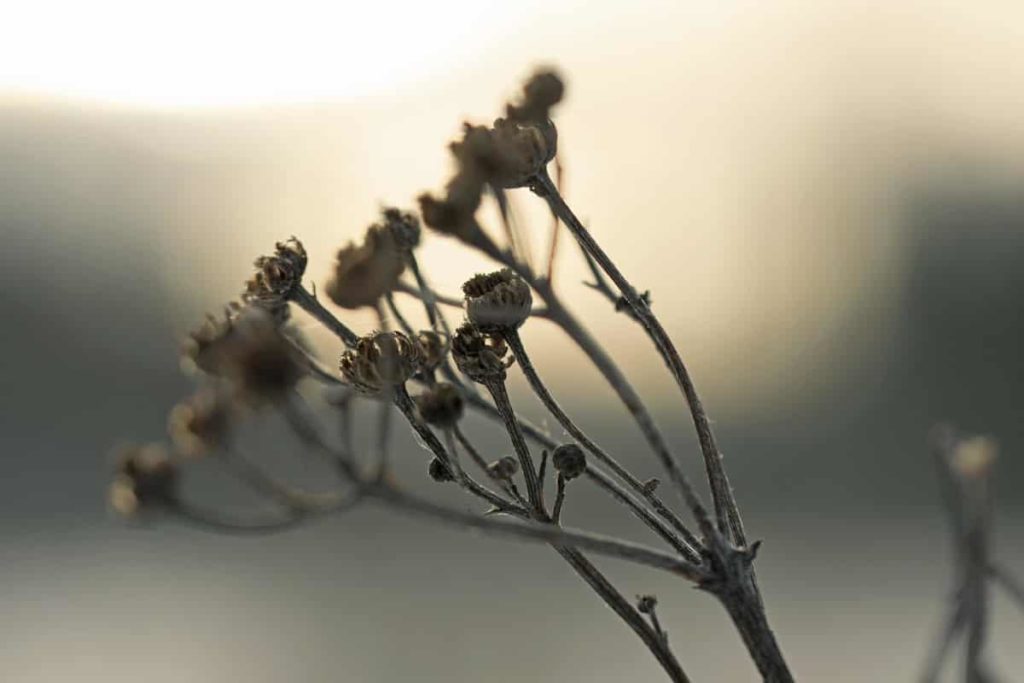
Use high-quality seeds and transplants. Check the transplant before buying. Avoid plants that have brown roots and grow around the bottom of the container. Insects and diseases that often stop the growth of plants stop the production of chlorophyll in plants.
When your plant is infected with an insect or a disease, the first thing to do is to find out what caused it (virus, bacteria, or fungus). For example, you can treat them with alcohol or pesticides if infected with a mealybug. If they are infected with the fungus, apply a fungicide. Make sure to apply the appropriate treatment to the effective agent to stop the growth of plants.
Plants need adequate nutrients, such as nitrogen, magnesium, and potassium, to thrive. Without a proper supply of these nutrients, the plant will have difficulty absorbing water, so its growth stops. An immediate solution is to treat them and provide them with fertilizer immediately. Stunting is also a symptom of many plant diseases. Healthy plants are less susceptible to disease when they grow well, but pathogens can spread throughout the garden, so identify any problems.
Overwatering also causes stunted growth. If water accumulates in the soil, you may have to open the plant and plant your crop on well-drained soil. You can also put fertilizer under your planter to improve soil drainage.
Main steps to revive a dying plant
1. Take a closer look at the plant damage
Most diseased plants suffer from inadequate cultural care. Your best chance to help the plant is to find out what’s happening, so watch the damage carefully. Falling leaves and yellowing can indicate too much water. Brown, dry leaves, and stems can mean very little water.
2. Prune away dead foliage
You will not be able to estimate the chances of your plant surviving if it is covered with dead leaves. Cut off all dead leaves and branches of plants that look dead and remove all fallen plants. If you are not sure if the branch is dead or not, try a scratch test – use a fingernail to scrape off some of the outer layers of skin. It is alive if you see green inside and should not be removed. Any green, elastic stem makes it possible for you to revive your plant.
It is important to get rid of dead parts at this time. The plant can then devote all its resources to the still-working parts. Start by removing all the dead pieces. Repeat a little with the stems until they show signs of green. Leave the stem about 5 cm above the ground if the stem is completely dead, but the roots are still alive. When your plant recovers, new branches will emerge from these old stems.
3. Adjust sun exposure
Some plants need direct sun, some need direct sun, and some need shade. Suppose you are unsure what this particular plant prefers; search online or at a garden store. Then move the plant to the appropriate place.
4. Provide humidity
For some plants, getting enough water is not enough. Plants like ferns need moisture to thrive, which cannot be provided in the average living room. It can be resolved quickly. Place a shallow pan full of small stones under the plant and add a little water. The water will moisten the air near the plant. A drowning house plant needs air in the root zone. Tilting or rolling the pot gently can help move the soil and make the necessary air pockets.
5. Double check the drainage
All pots need drainage holes to drain more water. No drainage holes are ideal for setting up more water for indoor plants. If you need to make a drainage hole in your vessel at this time, do so over a pan or sink, as water will likely leak out when you get out.
6. Go to a shady place
Once you water your plant (or re-pot, depending on the situation), you must keep it in a shady place. Even light-loving plants will recover better from the shock of drying if they are not exposed to direct sunlight for a while. We always plant plants replanted in shady places for a few hours.
It allows their roots to settle in the soil and avoids putting pressure on them in the event of a transplant. You can take them back to the sunny spot when they settle down. If you have soaked your plant well, placing it in a shady place will ensure that the soil stays wet longer, giving the roots a good chance of getting enough moisture and presenting the plant.
7. Trim your plant
If the roots are damaged, cut the leaves back. The roots do not have to work so hard to support many plants.
In case you missed it: Homemade Fertilizers for Root Vegetables: Potatoes, Carrots, Beetroot, Onions, Radishes, Turnip, Ginger, and Garlic
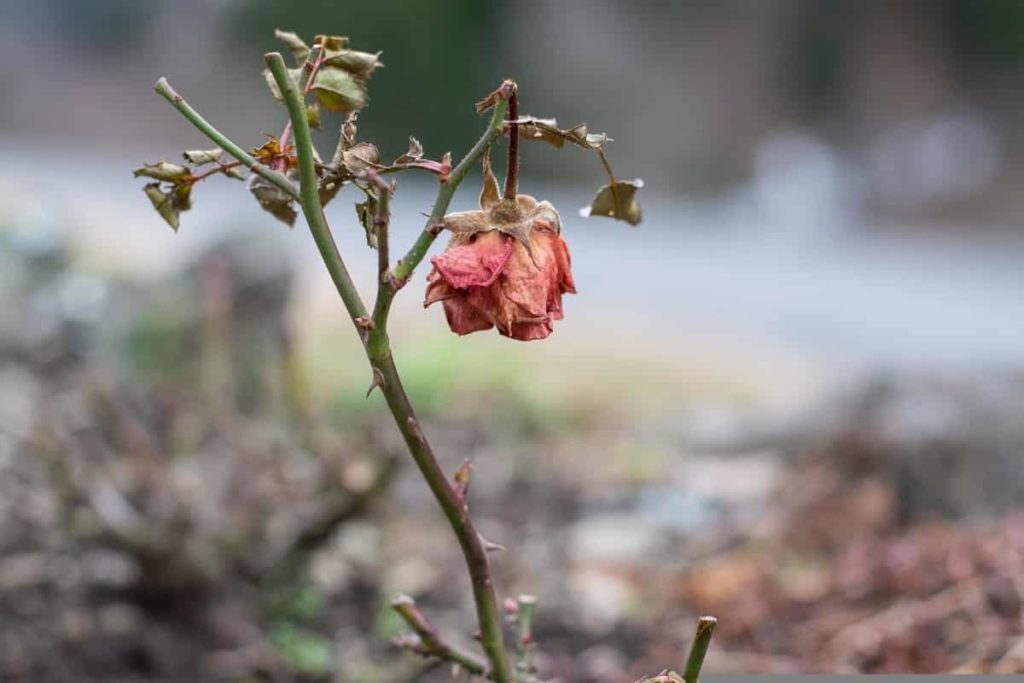
8. Mist wilted leaves
Use a spray bottle daily to fade withered leaves to help prevent further leaf damage.
9. Water when dry
Water the plant carefully if the soil surface is dry to the touch. It is even better to wait until it is one to two fingers dry on your index finger.
10. Feed your plant
Increase your plant nutrition with proper fertilizer. Follow the instructions carefully because you don’t want to overdo it. Feeding your plant during the spring and summer growing seasons is very important. Weak stems and discolored leaves indicate malnutrition, so you need compost or fertilizer to revive a dying plant.
Plant nutrition can also cause uneven growth, leaves, and weak stems. Transplant the plant and provide adequate fertilizer and fertilizer to revive it. In such cases, organic liquid plant food can always be the savior. Water-soluble nutrient-rich fertilizers are also a great way to nurture your plants young and are easy to root.
11. Light watering
Add a little water to their fresh compost for plants that have just been re-potted. You should not flood it completely, as it will irritate the already weak roots. Water the surface lightly and make sure there is moisture for the plant.
Think of your plant as a plant and water it a little at a time, careful not to flood it and disturb it. Although deep watering is generally good, in this case, very little and often watering will ensure that your plant has water and not much water.
12. Adjust the sun food
Lighting is an important aspect of the health of your house plants; you will want to get the right amount. A plant that does not get enough sun will have yellow leaves and weak stems. You can move your house plant to a more suitable area of your home when you know if it receives daylight, partial sunlight, direct sunlight, or indirect sunlight. Its growth will slow down. Depending on its status, a seemingly dead plant can quickly come to life with this simple change.
In case you missed it: Best Fertilizer for Chayote: Organic, NPK Ratio, Management, and Schedule
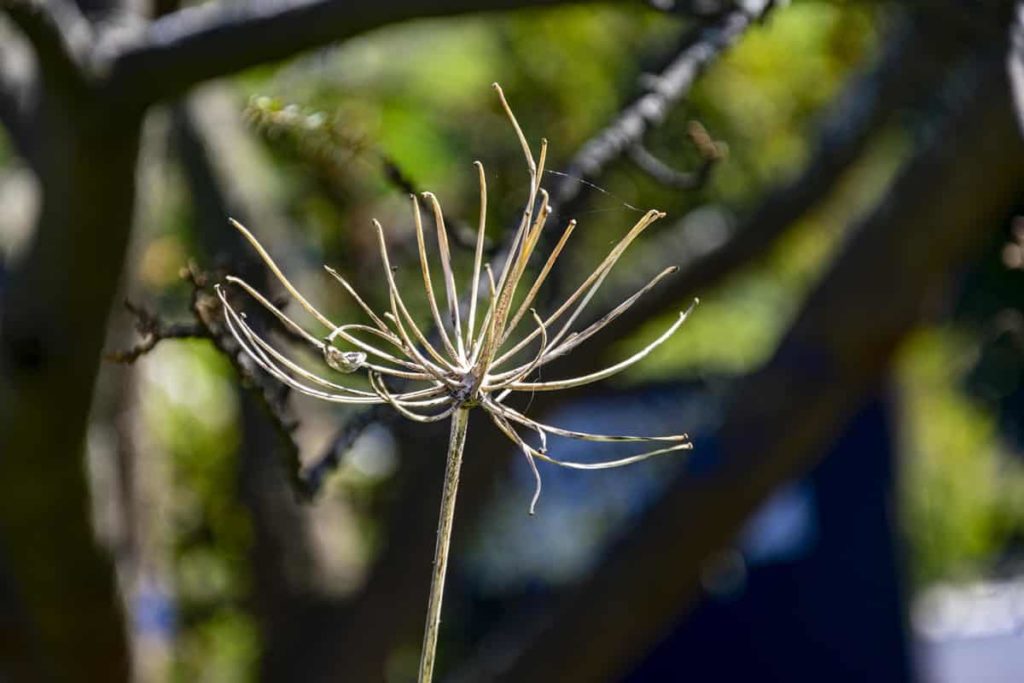
13. Trim the damaged leaves
Unfortunately, yellow or brown leaves cannot be saved. Trim the leaves of your plant to help save your dying plant, and remove all dead or damaged plants. It will give your plant more energy to focus on new growth as it is not trying to retain the dying leaves.
14. Getting rid of pests and diseases
Look for signs of pests such as irregular growth, curled-up leaves, or discolored leaves with holes. Watch carefully plant pests that should not be in your green plant. Mix a mild soap solution with water to get rid of most pests. See a plant to diagnose and treat the problem if the plant has become infected. Some important plant diseases are root rot, powdery mildew, and leaf spot. Keep the plant isolated from the garden to prevent pests or diseases from spreading.
- How to Grow Hibiscus from Flower
- Plantation Ideas for Home Decoration: A Beginners Guide
- Flower Garden Designs and Layouts for Beginners
- Planting and Spacing Techniques in Papaya: A Beginner’s Guide
- Growing Gold: Essential Techniques for Planting Pineapples
- How to Make Kalanchoe Plant Bushy: Home Remedies and Solutions
- 11 Reasons Why Your Gardenia is Not Blooming: Home Remedies and Solutions
- Eco Elegance: The Guide to Designing a Drought-Tolerant Landscape
- Gardening on a Slope: Strategies for Hillside Landscaping
- Nourish and Flourish: Top Organic Mulches for Thriving House Plants
- Everything You Want to Know about Indian Mogra Flower: Discover Uses and Growing
- Green Thumb Success: Expert Tips for Cultivating Greenhouse Pumpkins All Year Round
- Maximize Growth & Flavor: The Ultimate Guide to Companion Planting in Herb Gardens
- How to Control Rhododendron Problems Naturally: Home Remedies and Organic Ways to Fix Them
- Natural Magic: The Remarkable Benefits of Cinnamon for Plants
- Best Steps to Revive Dying Tulip with Natural and Organic Treatment
- 10 Reasons Why Your Angel Trumpet is Not Blooming: Remedies and Treatment
- How to Fix Periwinkle Leaf and Flower-Related Problems: Natural Remedies and Solutions
- How to Fix Zinnias Leaf and Flower Problems: Discover Natural and Home Remedies
- Organic Steps to Induce Lemon Tree Flowers: A Comprehensive Guide
- Bloom Booster: Crafting the Perfect Homemade Bougainvillea Fertilizer
- Optimizing Growth: A Guide to Applying NPK Fertilizer for Potted Plants
- 10 Best Homemade Fertilizers for Rubber Plant: DIY Recipes and Application Method
- How to Boost Female Pumpkin Flowers: Effective Steps for More Flowers and High Yields
- Transform Your Indoor Garden: Top Benefits of Pink Salt for Houseplants
- 10 Best Homemade Fertilizers for Peacock Plants (Calathea): Easy DIY Guide
- Unlock Blooms: 9 Reasons Why Your Potted Chrysanthemum is Not Blooming
- 8 Reasons Why Your Potted Hibiscus is Not Blooming: Fix it with Simple Solutions
- Unlock Blooms: 9 Key Reasons Your Potted Frangipani Won’t Flower
- 10 Reasons Why Is My Ice Plant Not Blooming: Remedies and Treatment
- 10 Reasons Why My Potted Hydrangea Not Blooming: Treatment and Remedies
- 10 Reasons Why is My Wisteria Not Blooming: Remedies and Treatment
- 10 Reasons Why is My Goldfish Plant Not Blooming: Remedies and Treatment
- Maximize Your Space: Ultimate Guide to Balcony Gardening with Grow Bags
- 10 Reasons Why Your Iris is Not Blooming: Remedies and Treatment
- 10 Reasons Why Your Anthurium Plant is Not Blooming: Treatment and Remedies